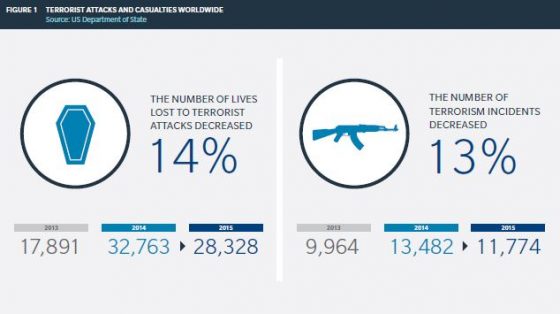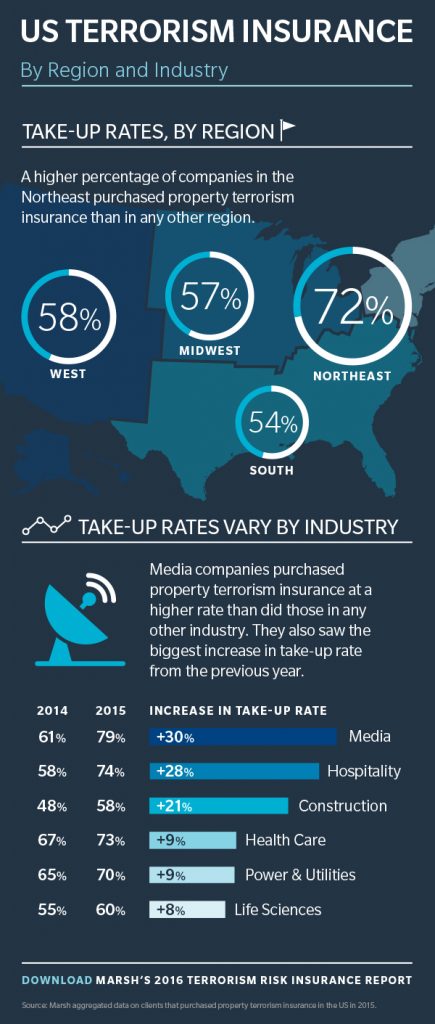A final rule released by the Federal Housing Finance Agency (FHFA) amended its regulation on Federal Home Loan Bank (FHLB) membership to specify that captive insurance companies can no longer be used as a conduit to membership of the organization. Membership offers entities access to low-cost FHLB funding and other benefits. Because insurers may become FHLB members, along with credit unions and savings and loans, the Federal Home Loan Bank Act has been revised to specify that the term “insurance company” excludes captives.
Housing regulators have viewed captive insurers as a loophole used to access low-cost, government-backed financing. “Real-estate investment trusts that invest in mortgages are normally ineligible for home-loan-bank membership, but over the past few years have created captive insurers to gain indirect access to cheap federal funding,” The Wall Street Journal wrote.
As a result of captives being admitted as members, “25 are owned by entities that are not themselves eligible for membership.” The FHFA said it is “concerned that this practice will continue to grow and there is no reason to believe it will not grow to include entities other than REITs (Real Estate Investment Trusts), such as hedge funds, investment banks and finance companies, some of which have already inquired about establishing captives to gain access to the FHLB System.”
FHFA Director Melvin L. Watt said in a statement, “FHFA has the authority and the duty to implement the statutory membership provisions of the Federal Home Loan Bank Act and by adopting the proposal to exclude captives from the definition of insurance company we are making sure that institutions can’t frustrate the intent of Congress.” He added, “Congress has amended the Federal Home Loan Bank Act in the past to allow additional entities to become members of a Federal Home Loan Bank and it can certainly do so again if it wants some of these entities to be eligible for membership.”
Captive regulators of Vermont and Delaware expressed disappointment in the decision. David Provost, deputy commissioner of captive insurance of the Vermont Department of  Financial Regulation, said, “Vermont’s response to the proposed rule was pretty straightforward: Don’t ban captives from FHLB membership just because they are captives. Captive insurance companies are regulated insurance companies, licensed for a particular purpose, and regulated in a manner commensurate with their risk,” he said.
Financial Regulation, said, “Vermont’s response to the proposed rule was pretty straightforward: Don’t ban captives from FHLB membership just because they are captives. Captive insurance companies are regulated insurance companies, licensed for a particular purpose, and regulated in a manner commensurate with their risk,” he said.
online pharmacy
estrace with best prices today in the USA
Steve Kinion, director of the Bureau of Captive and Financial Insurance Products for the Delaware Insurance Department said, “The Delaware Insurance Department is disappointed that the Federal Housing Financ e Agency made the decision it made. In at least two comment letters, one in 2012 and the other in 2015, we have made attempts to work with the Federal Housing Finance Agency to help it understand captive insurers.” He added that what has been disappointing is that “our offers were never accepted. Delaware Insurance Commissioner Stewart continues to believe that captive insurers that are members of the FHLB system are well regulated and contribute to the FHLB’s mission of fostering housing in the United States.”
e Agency made the decision it made. In at least two comment letters, one in 2012 and the other in 2015, we have made attempts to work with the Federal Housing Finance Agency to help it understand captive insurers.” He added that what has been disappointing is that “our offers were never accepted. Delaware Insurance Commissioner Stewart continues to believe that captive insurers that are members of the FHLB system are well regulated and contribute to the FHLB’s mission of fostering housing in the United States.”
Kinion explained that that REITs have long sought membership in the Federal Home Loan Bank system, which was formed in 1932 to provide liquidity for the housing market. Because current law states that only certain types of institutions may become Home Loan Bank members, “captives have been a portal for membership. It’s unfortunate when well-regulated captive insurers are excluded from membership.
online pharmacy
cipro with best prices today in the USA
I only wish that, before it issued its regulation, the FHFA would have allowed me the opportunity to show what Delaware does at the state level to regulate captive insurers.”
Delaware had been seeing increased interest in REITs. The domicile has one such captive and others were in the pipeline. One reason Delaware likes them is the revenue they bring in. “Our regional Home Loan Bank is in Pittsburgh and 10% of the profits generated have to be designated for affordable housing programs,” Kinion said. “In Delaware, there are a number of organizations that receive grants from the bank to promote affordable housing, and that benefits the state.”
The REITs captive program was fostered by Delaware Insurance Commissioner Karen Weldin Stewart. Her rationale was that, through the program she could “help with affordable housing in Delaware, which she can’t do directly as insurance commissioner,” Kinion said. “This was an indirect means of helping Delaware’s affordable housing programs.
online pharmacy
tadalista with best prices today in the USA
”
Provost said that while he supports REITs captives, the new rule will have a negligible impact on Vermont. “We have studiously avoided jumping on bandwagons of forming captives that have no apparent insurance purpose solely for some ancillary advantage,” he said. “We have allowed captives to apply for membership to the FHLB, and so far five have joined. They will have one year or five years to leave the FHLB system, depending on when they joined.”
Kinion noted, “I wish the FHFA would have at least talked to us, so they could have seen how we regulate captive insurance companies. If regulation is a concern, they should have at least taken a step to find out what we do at the state level. But that didn’t happen.”




 Financial Regulation, said, “Vermont’s response to the proposed rule was pretty straightforward: Don’t ban captives from FHLB membership just because they are captives. Captive insurance companies are regulated insurance companies, licensed for a particular purpose, and regulated in a manner commensurate with their risk,” he said.
Financial Regulation, said, “Vermont’s response to the proposed rule was pretty straightforward: Don’t ban captives from FHLB membership just because they are captives. Captive insurance companies are regulated insurance companies, licensed for a particular purpose, and regulated in a manner commensurate with their risk,” he said. e Agency made the decision it made. In at least two comment letters, one in 2012 and the other in 2015, we have made attempts to work with the Federal Housing Finance Agency to help it understand captive insurers.” He added that what has been disappointing is that “our offers were never accepted. Delaware Insurance Commissioner Stewart continues to believe that captive insurers that are members of the FHLB system are well regulated and contribute to the FHLB’s mission of fostering housing in the United States.”
e Agency made the decision it made. In at least two comment letters, one in 2012 and the other in 2015, we have made attempts to work with the Federal Housing Finance Agency to help it understand captive insurers.” He added that what has been disappointing is that “our offers were never accepted. Delaware Insurance Commissioner Stewart continues to believe that captive insurers that are members of the FHLB system are well regulated and contribute to the FHLB’s mission of fostering housing in the United States.”